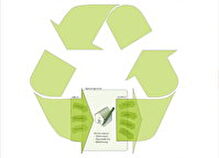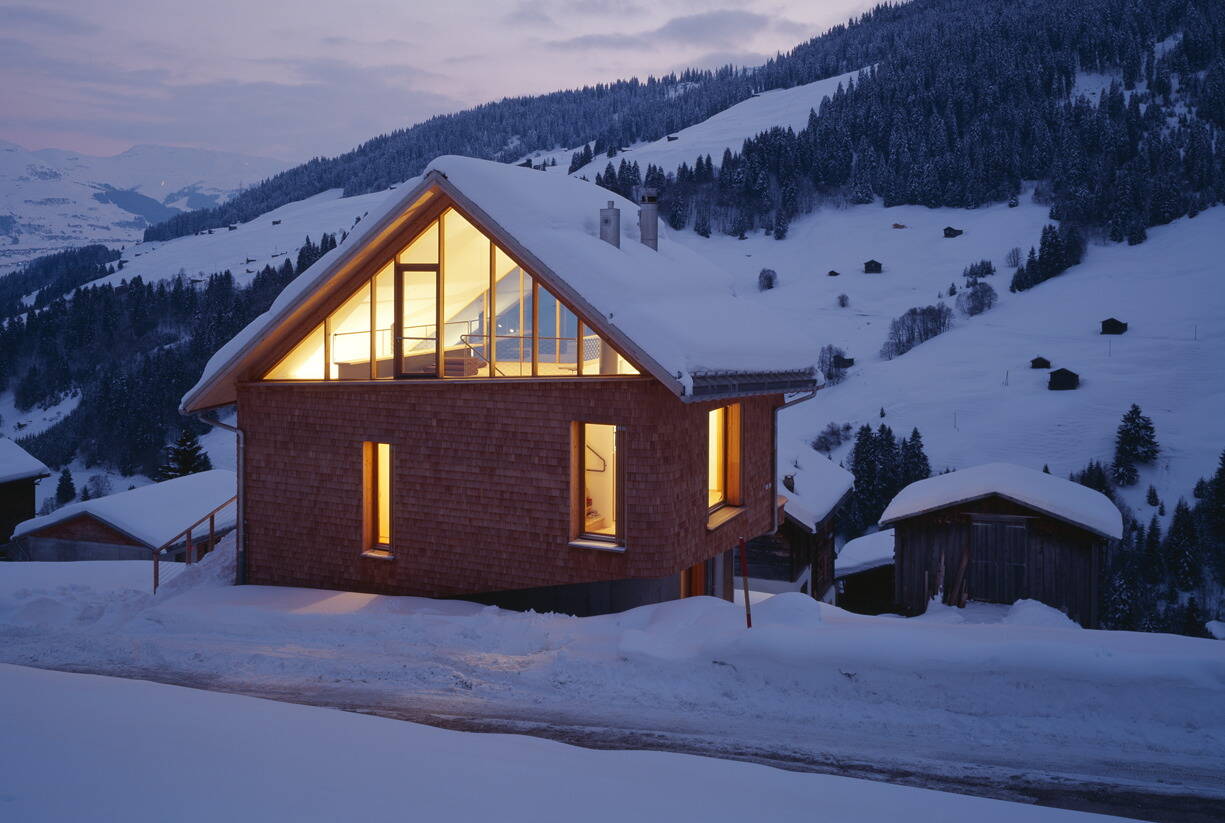 |
Energy Efficient Design and Comfortable SpacesEnergy-efficiency of buildings is important in ecological and economical terms, but in the end it is all about the quality of spaces we achieve with it. At the end of the day, we don't only want to save money or the planet; we want to create enviroments that are enjoyable for people to work and to live in. For this aim, we use energy-effiency design strategies and building technologies like the Passivhaus-standard: good indoor temperatures, healthy ventilation, and optimal daylight conditions; everything that makes a space comfortable. And if that helps to save the polar bears - all the better. |
 |
Sustainable Buildings and Design StrategiesSustainability, for us, is a holistic approach to the performances of buildings. We want our buildings to do best over their whole life-cycle. We like to think of our buildings as living systems that play an active role in the life of their users. Therefore we want the buildings to react, adapt to the needs of their users, use the changing climatic conditions cleverly, and last. We also see our professional responsibility towards future generations, so we don't want to leave behind a huge heap of toxic waste. We design our buildings to be eco-friendly, because we believe that also makes them people-friendly. |
 |
Architecture, Landscape, and UrbanismArchitecture does not come out of a preconceived system, but needs to be developed for each task, and, particularly, for each site. Landscape is a concept to understand the relationship between humans and nature in space. In our practice, we pay special attention to the landscape and the urban context. This unique combination of architecture and landscape in design inspires our research and teaching programmes. |

